Photo by Geoff Spiby (the cushion star Halityle)
Today I thought it would be cool to gather up close ups of various starfish and offer a perspective that most folks don't usually see.
Colorful and beautiful. Yes! But also, functional. A lot of the mouth you see below were photographs of sea stars from the tropical Pacific and Indian Oceans. The tropics are a tough place for some animals with many crabs and fish always willing to take a peck of tissue or a tube foot for dinner.
A great many of the sea stars in these areas come with protection- a LOT of it. Spines and armor adorn the soft, vulnerable areas of these sea stars. Those spines on the tube foot grooves you see below can actually interlace and close up the grooves to protect the vulnerable tube feet from being pecked at by fish, crustaceans or what-have you...
Here's another shot of Halityle from another angle. Plus you can see the tiny shrimp!
Photo by Shaun-in-Munich
From a "cushion star" probably Halityle.. (note the shrimp!)
Photo by Tanaka Juuyoh
This is from the more common "cushion star" (and why common names are so unhelpful) Cucltia novaeguineae
And another...
Both of the above photos by Nick Hobgood
Here's more Culcita goodness!
Photo by Michael Rys
From Fromia sp. Note how all of the spines interlace and protect the tube foot groove
Photo by Adam Broadbent
From an oreasterid (not sure which)-note how all of the large spines completely block the tube foot grooves and mouth
From an oreasterid(?) or something close to it. Note the very prominent white-colored spade-shaped oral plates that project into the mouth. The whitish furrow spines are thought to close over the tube feet groove under adverse conditions.
Another oreasterid that I'm unsure of the species-probably Pentaceraster. A nice perspective. Notice the tiny Periclemenes commensal shrimp!
Photo by Tahiticed
The colorful underside of what looks like the goniasterid Stellaster aequestris..
Here's a tropical goniasterid that lives in the deep-sea Atlantic-A weird animal called Gilbertaster that I worked on a few years ago.. See all of those elongate "lip" like things? Bivalve pedicellariae! See here for some more on pedicellariae.
Could these be for further defense?

In contrast-here's a cold-water starfish the sun star Solaster
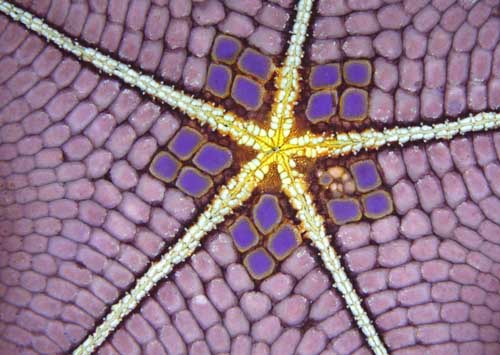
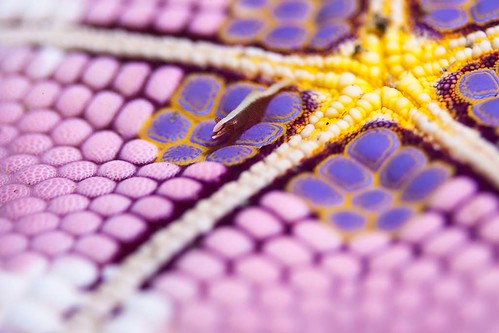
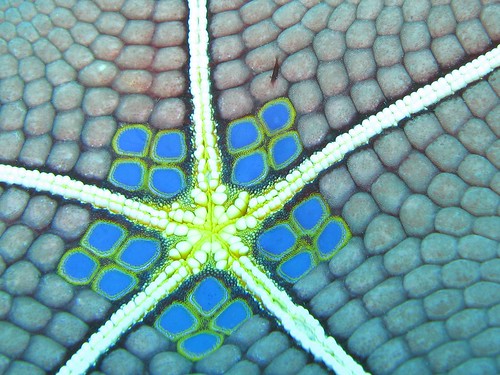
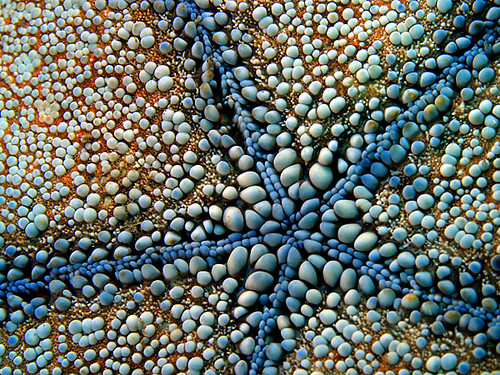
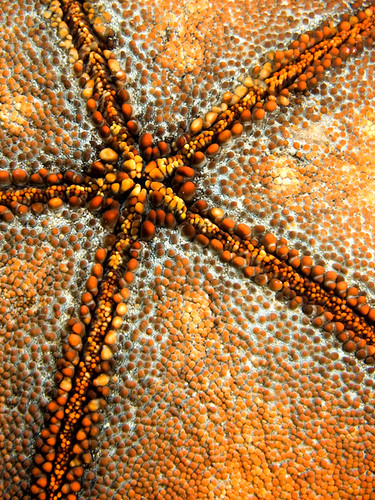
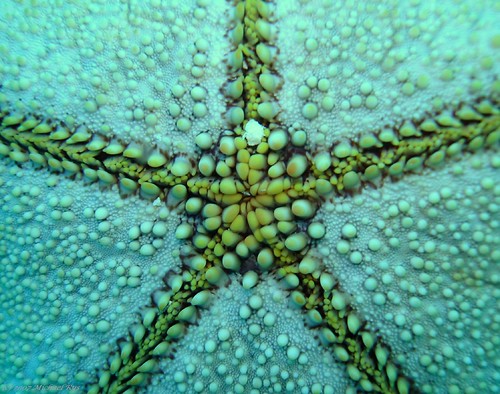


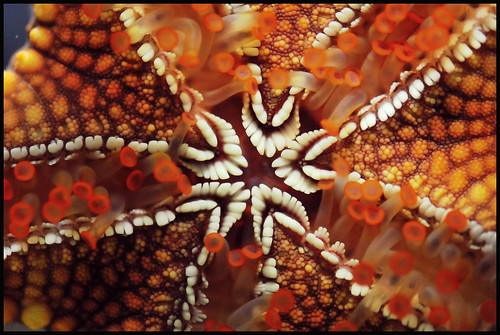
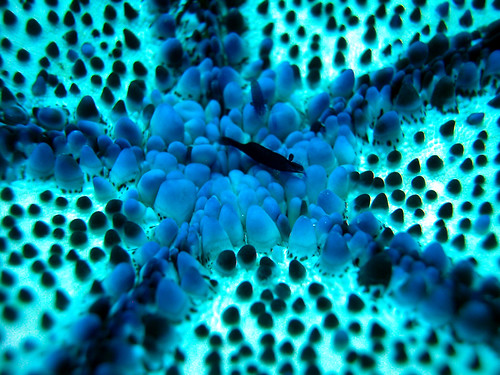
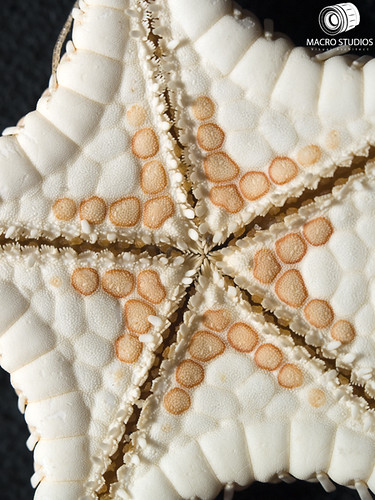
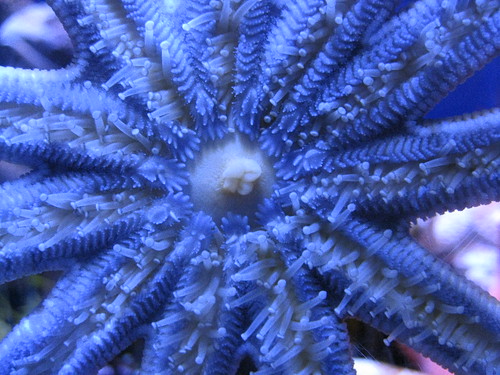
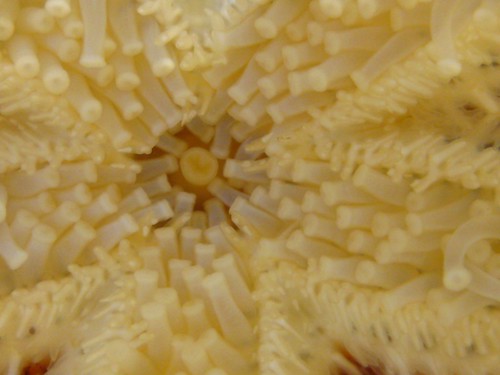
So beautiful!
ReplyDeleteWonderful images Chris!
ReplyDeleteBut then, how about Acanthaster? They're tropical but don't seem to close their ambulacral grooves very quickly. I know they are venomous, but still, many predators could simply target the oral surface.
ReplyDeleteThat is a good point Grisham. The "armored tube foot groove" idea is a generality but Acanthaster is considered an exception. Presumably there are evolutionary benefits/trade-offs to having a wider and more open tube foot groove in terms of feeding on coral, etc. Plus there are venomnous spines, pedicellariae, faster movement, having more abundant tube feet etc. There may also be trade offs in terms of reproductive strategies, etc.
ReplyDeleteTruth be told a lot of the interpretations of these structures are just that-interpretations. And done from a macroevolutionary standpoint. A lot of ecological work on these has yet to be done.